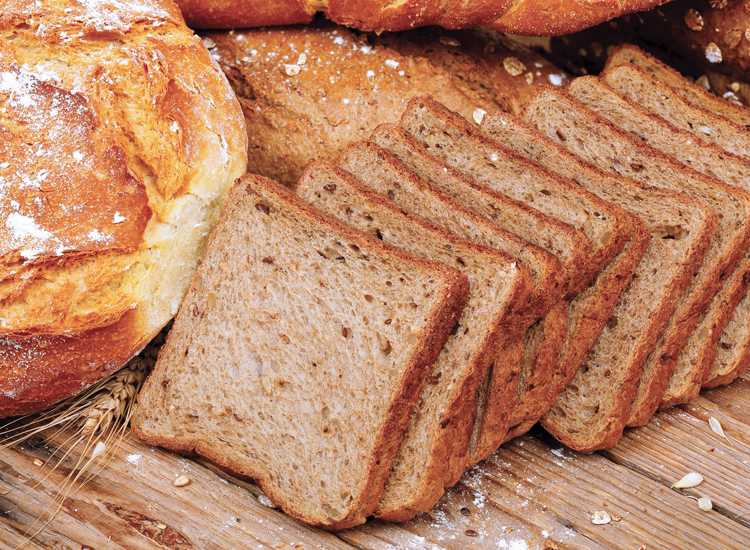New Consumer Food Safety Resources for Flour Millers
Two new resources developed by milling and baking organizations in North America that communicate how consumers can reduce the risk of food-related illness are now available. The North American Millers’ Association (NAMA) and the Canadian National Millers Association (CNMA) have produced a new food safety educational video designed to help eliminate the food safety risk associated with wheat flour by educating consumers on proper handling and baking instructions. In addition, NAMA worked with the U.S. based Home Baking Association to add specific information to its “Baking 101” resource about how consumers can minimize food safety risks with raw flour.
“Wheat is a healthy and wholesome grain, and an important part of the global food supply,” said NAMA President and CEO James A. McCarthy. “From farm to kitchen, the entire wheat industry is committed to best practices for food safety, and the simple and easy to use video is designed to help consumers understand and apply proper handling and baking procedures so they can safely enjoy their favorite baked goods.”
NAMA, CNMA and the U.S. Food & Drug Administration advise that flour is made from wheat grown and harvested on the farm, and it is possible for wheat to be exposed to environmental sources of E. coli and other bacteria that may present a food safety risk. Thus, raw flour is not ready to eat, and consumers should not eat or taste raw flour, dough or batter prior to cooking or baking as they can cause illness if harmful bacteria are present. However, proper cooking and baking eliminates the food safety risk associated with E. coli and other bacteria in raw wheat flour, dough and batter.
“An informed consumer is a safe consumer when it comes to food safety and at-home baking,” said CNMA President Gordon Harrison. “This video will make it easier for consumers to understand and implement a few simple food safety precautions that help protect them and their families.”
USW has posted the video on its YouTube channel. It is also posted on the CNMA website.
The “Baking 101” developed by the Home Baking Associations now features these baking food safety steps:
- Store raw flour, baking mixes, dough and eggs separately from ready-to-eat foods.
- Before baking, tie back long hair, clean counters, assemble ingredients and equipment, wash hands, and apron-up.
- Keep separate the measuring, mixing and handling of unbaked batter or dough from cooling, serving and packaging of baked products.
- Test baked products with wooden toothpick or cake tester and food thermometer at center to ensure products are completely baked.
- Clean tools, work surfaces and equipment with hot, soapy water or in dishwasher.
- Wash hands before you taste, serve or package baked goods.


